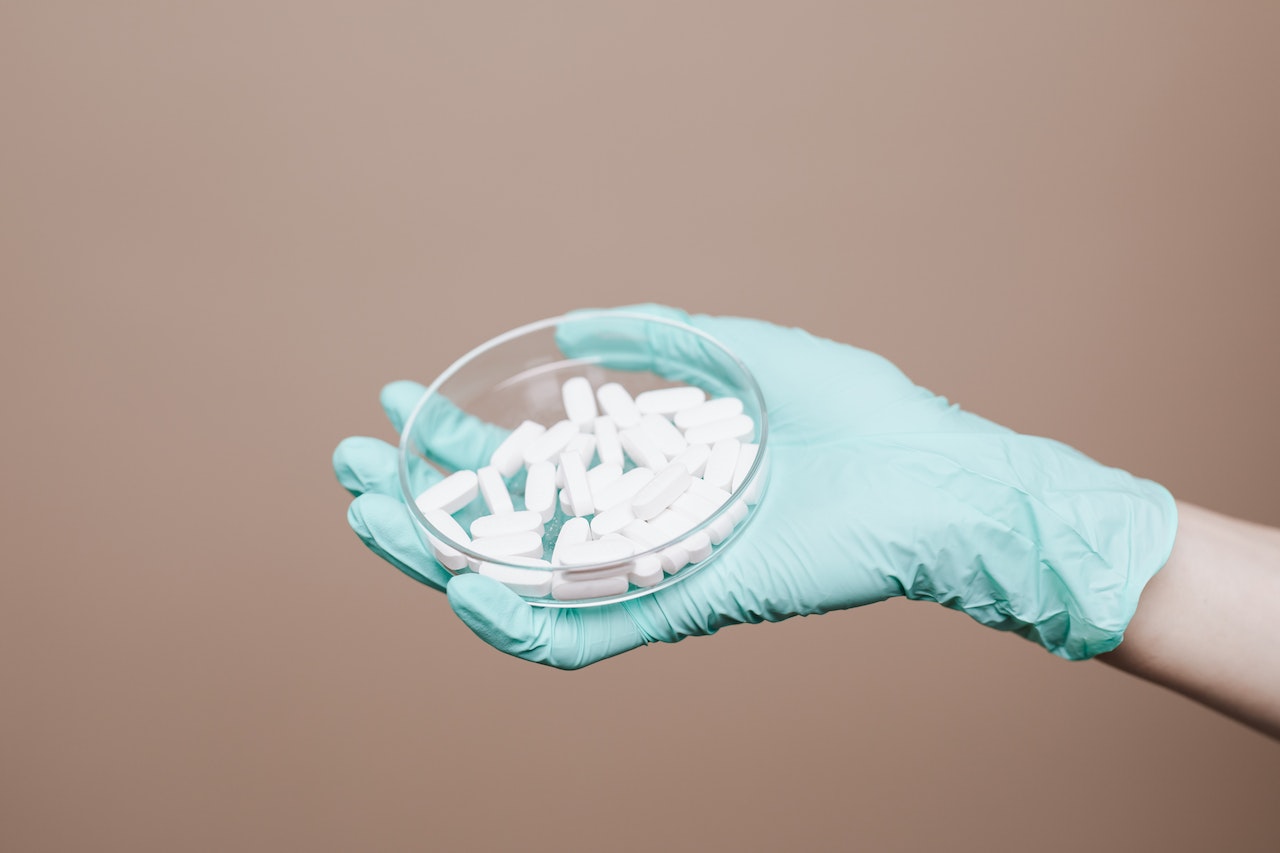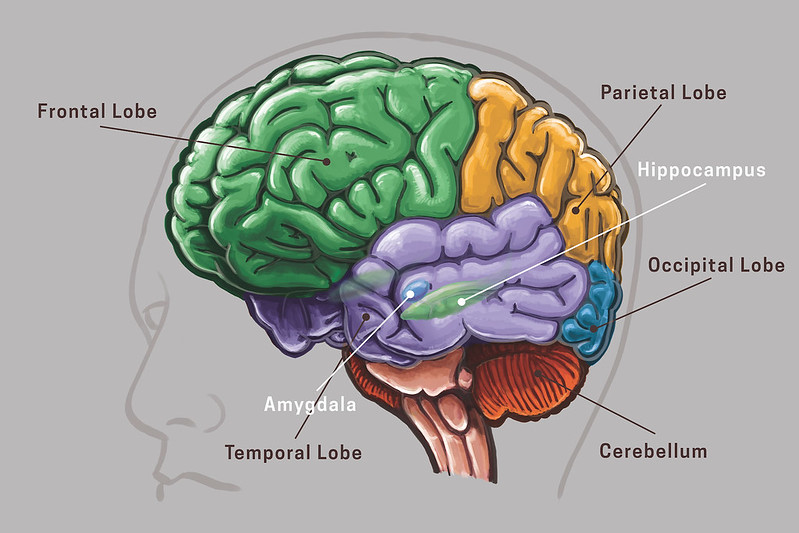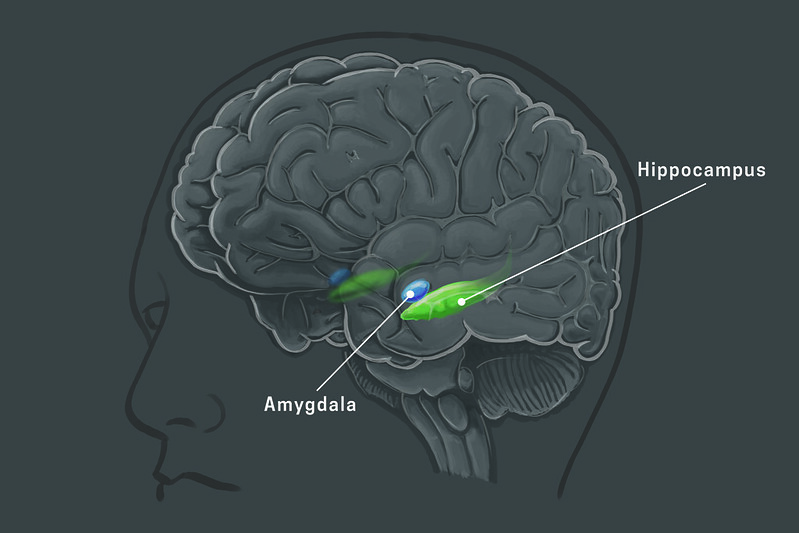Comments
- No comments found

Latin American countries including Mexico and Colombia are often pinpointed as major sources of global narcotics and drug supply.
The situation has led to intense violence with cartels, gangs and so forth.
Drug supply is one spectrum of the problem. Drug demand is another spectrum. A lot of effort can be put into curbing supply, but if demand is strong, results from supply will be limited. The Latin American authorities are trying to find solutions to prevent drug sale and consumption, even as it seems like they are often not doing enough.
For Mexico, Colombia and the rest of Latin America, the drug usage problem within and elsewhere should divide efforts into two, against demand and against supply. Most efforts are into supply, which has worked in many high profile cases, demand reduction however needs more efforts.

Why do people use drugs? What makes narcotics a necessity? What is it that drugs do, that makes them have a different effect than other options? Common answers include pleasure, reward, to get high, to party, to forget, to have fun, to feel free, to use as a routine, against confusion, fatigue, as stimulant, for peer pressure, to sleep, to remove fear or other emotions and so forth.
All these are experiences. Whatever reason drug is used for, or whatever effect is an experience. All experiences are given by the mind, in the brain. It is the mind that decides what stays and what changes. The drug may play a role, but the mind makes the ultimate decision.
So how does the brain work the mind for this? In brain science research, works on cells and molecules are numerous. There are also lots of observations in neuroimaging, showing what parts of the brain are active, during certain interactions.
But cells and molecules of the brain are not the experience, even when cells and molecules are known to be involved in processes. This means that during fear, the experience is fear, not the cell or molecule involved, or the center in the brain that is active during fear. This applies to all experiences, including reward and pleasure or good feeling as an experience, not dopamine.
So how does the mind work experience?
At least there are many effects of drugs that are possible in other ways. So it is not drugs that hold that power. Sometimes too, without drugs, it is possible to wake up thrilled, or to just randomly be in a good mood, without anything specifically. It is also possible to be in a situation that should invite fear, but not to be afraid.
The brain makes the mind, where the determinations are made for experiences, how?
Experiences in the mind can be said to involve two conceptual factors: quantities and properties. Quantities are the buses. Properties are the stations. It is what bus gets to what station that determines what is experienced.
There are sequences of travel for quantities, old and new. There are early splits of quantities, for some [in the same package] to go before others follow, useful for expectation or anticipation. There are also prioritized and pre-prioritized quantities. There is just one prioritized quantity at any moment, but there are often several interchanges between prioritized and the countless pre-prioritized.
Properties also have a principal station, where just one can go, or be, to have the most domination. It is mostly a property at the principal or main station that decides the highest level of any experience, when a quantity acquires it there.
Quantities, at the station, fuse with or get some of the properties, then proceed to acquire others, to different degrees.

In neuroscience, it is established that when senses come into the brain, or when there are sensory inputs, they land at hubs. The major one is the thalamus. The olfactory bulb is for smell.
It is in these places, called relay stations, that senses are processed or integrated, before they proceed to the cerebral cortex for interpretation.
It is theorized that sensory processing or integration at those hubs is into a uniform quantity or identity, which is thought or in the form of thought. This is how the brain makes the mind. It is this quantity [or thought], emerging from here that, conceptually, is the upper stage of brain communication and useful for external experiences or interactions with the world.
So all senses, to the mind, are in the form of thought. It is what senses become to be usable. The smell, touch, sight, sound and taste are all in the mind, as quantities, in the form of thought.
It is the quantities that are relayed to the cerebral cortex for interpretation. Interpretation in the cerebral cortex is postulated to be knowing, feeling and reaction, which are sets of properties. All memory, feeling, emotion, reaction and action are properties in the mind. Quantities, in the acceptable form, relay to property destinations.
Properties are fear, cravings, hurt, pain, prompting, depression, anxiety, reward, harm, intoxication, thirst, hunger, sleep, disappointment, and so on.
There is no reason for drug use that the only way the mind can produce that experience is the drug. It may seem like the only candidate at that time is the drug, in a faster way or on demand, but the drug works with what the mind presents, not the other way around.
There are many people who hate using drugs, but feel helpless. There is also the addiction to drugs, which makes them want them regularly. Everything associated with using, needing, wanting, and continuing drug use are properties in the mind.
One feed for drug demands for years has been the opacity of the mind. Or, because the way the mind works is unknown, it is easily submitted to, for drug use. Not knowing what is happening in the mind has made probabilities low, for control against some automatic processes that present drug use.
Normally, there is nothing that can be controlled that cannot be done automatically by the brain, even though degrees or intensity may differ.
Blinking is possible by control, it is also possible automatically, as well as several other processes, including talking during sleep, swallowing, raising the hand, tremors and so forth. Most processes, especially internal ones, are also automatic. There are also thoughts, or pre-prioritized quantities, that are automatic.
Now, in many situations, it is possible for some thoughts to come up, for a sound that should cause panic, but to control it by knowing that the particular sound, or at that time, does not indicate danger. This says that lots of thoughts can be controlled, in experiences and interactions, just because of knowing, a property, which was acquired, by the quantity, against the feeling, of panic or worse.
Now, knowing there is a way the mind works will enable the ability for more control, against some of the unrivaled captivation of drug use. Properties can be acquired by pre-prioritized or prioritized quantities.
There are also splits and sequences. There is a principal spot as well.
Awareness of how the mind gives experiences can become a major tool for control, against the prompts of automatic determinations that lead to action.
Showing or displaying this every moment, for users, can drive changes against drug use addiction, for harm reduction and to lower demand. If demand is defeated or lowered, supply would lose its strength.
For Mexico, Colombia and the rest of Latin America, it is an opportunity to take a different step against this problem and pursue progress.
Leave your comments
Post comment as a guest